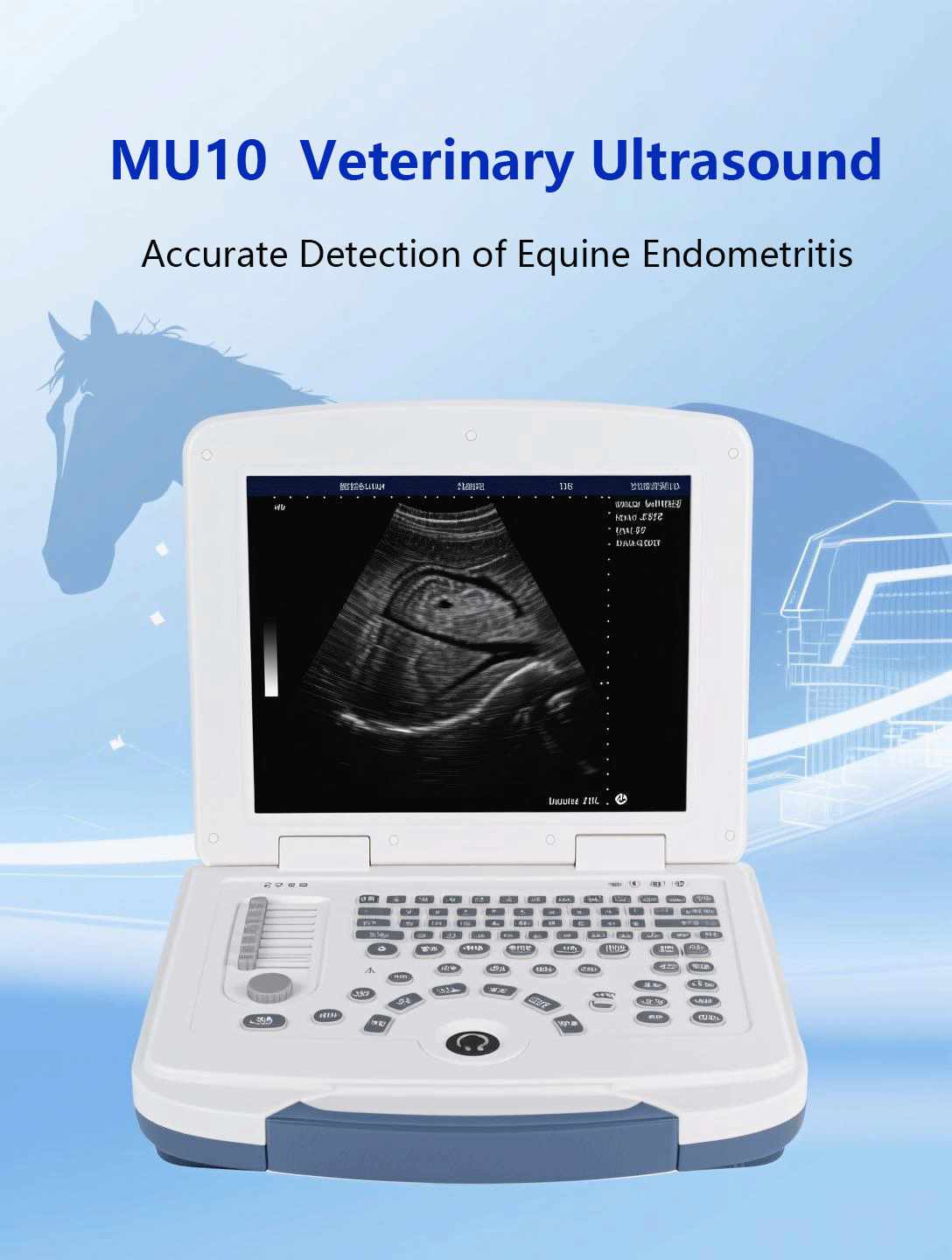The Silent Threat: Endometritis and Mare Fertility
Endometritis, an inflammation of the uterine lining, is a leading cause of infertility and early embryonic loss in mares. Often subclinical, meaning it shows no obvious outward signs, it can silently sabotage breeding efforts, leading to repeated breeding cycles, economic losses, and the heartbreak of late-term abortions. For horse breeders and veterinarians, identifying and treating this condition promptly is crucial for reproductive success.
The Power of Ultrasound: A Game-Changer in Diagnosis
Historically, diagnosing endometritis relied on uterine swabs, biopsies, and visual examination with an endoscope. While valuable, these methods can be invasive, time-consuming, and sometimes provide inconclusive results. This is where ultrasound technology has emerged as a revolutionary tool.
Ultrasound allows veterinarians to non-invasively visualize the mare’s uterus in real-time. Key indicators of endometritis that an ultrasound can reveal include:
Uterine Fluid Accumulation: Even small amounts of fluid, often invisible to the naked eye, can be a sign of inflammation. Ultrasound can detect and quantify this fluid.
Endometrial Edema: Swelling of the uterine lining, particularly persistent edema outside the normal estrus cycle, is a strong indicator.
Cysts and Adhesions: Ultrasound can identify endometrial cysts or fibrous adhesions that might impair uterine function and fluid clearance.
Pneumovagina: Air within the uterus, often due to poor vulvar conformation, can also be detected and contributes to endometritis.
By providing detailed images of the uterine environment, ultrasound enables early and accurate diagnosis of endometritis. This precision allows veterinarians to implement targeted treatments sooner, preventing the condition from escalating and significantly reducing the risk of abortion.
Beyond Diagnosis: Monitoring Treatment and Breeding Management
The benefits of ultrasound extend beyond initial diagnosis. It’s an invaluable tool for:
Monitoring Treatment Efficacy: Vets can use follow-up ultrasounds to assess whether treatments (e.g., uterine lavage, antibiotics) are effectively resolving the inflammation.
Optimizing Breeding Timing: By observing uterine health, veterinarians can make more informed decisions about when to breed a mare, ensuring the uterine environment is optimal for conception and embryo survival.
Early Pregnancy Confirmation: While not directly related to endometritis treatment, ultrasound is also essential for early pregnancy detection, allowing breeders to confirm successful conception and identify potential issues early on.
Ultimately, integrating ultrasound into mare reproductive management leads to improved conception rates, reduced embryonic loss, and a higher number of successful pregnancies and live foals.
Introducing the Mu10 Equine Ultrasound Machine
For veterinarians seeking a reliable and high-performance ultrasound solution for equine reproductive diagnostics, the Mu10 Equine Ultrasound Machine stands out. Designed with the specific needs of equine practitioners in mind, the Mu10 offers:
Exceptional Image Clarity: Its advanced imaging technology provides sharp, detailed views of uterine structures, crucial for detecting subtle signs of endometritis and assessing fluid.
Portable and Durable Design: Built to withstand the demands of field work, the Mu10 is lightweight and robust, making it ideal for on-farm examinations.
User-Friendly Interface: Intuitive controls and a clear display ensure ease of use, allowing veterinarians to focus on the mare rather than the machine.
Specialized Equine Probes: Compatible with a range of probes optimized for equine reproduction, including rectal probes for uterine scanning, ensuring optimal penetration and resolution.
By investing in technology like the Mu10, equine veterinarians can enhance their diagnostic capabilities, offer superior reproductive services, and significantly contribute to reducing abortion rates and improving fertility outcomes in mares.
Post time: Jul-30-2025




